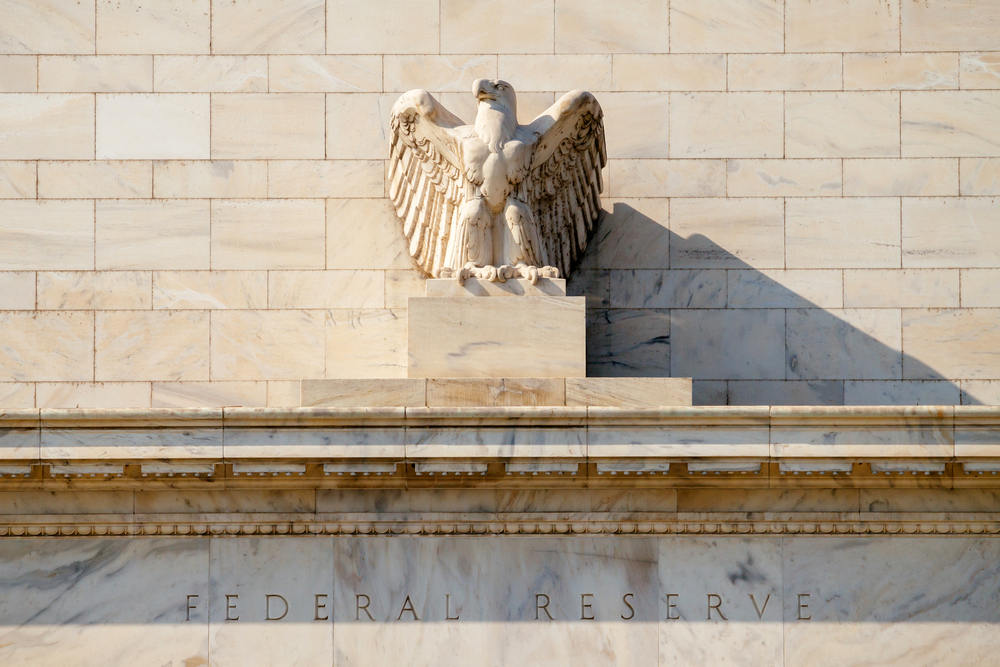
Monetary Policy & Inflation | US

Monetary Policy & Inflation | US
This article is only available to Macro Hive subscribers. Sign-up to receive world-class macro analysis with a daily curated newsletter, podcast, original content from award-winning researchers, cross market strategy, equity insights, trade ideas, crypto flow frameworks, academic paper summaries, explanation and analysis of market-moving events, community investor chat room, and more.
As I expected, the Fed kept its narrative of continued but slower disinflation at the March FOMC. Chair Jerome Powell said ‘the overall story of inflation moving down gradually on a sometime bumpy road towards 2% had not changed’ (see Disinflation to Slow as ‘Last Mile’ Begins).
He saw the high January CPI and PCE prints as mainly reflecting residual seasonality (Charts 3, 4, 5, and 6). He stated that, just like the Fed had not overreacted to the very fast disinflation of 2023, it would not overreact to the January bump. He also indicated that the Fed’s estimate of February MoM core PCE was ‘well below 0.3%.’
As I expected, the median 2024 dot was unchanged at 4.6% (Chart 2 and Table 3). Also, the range of the dots distribution narrowed (i.e., FOMC consensus is strengthening).
The median 2025 and 2026 dots were raised 25bp each and the long-term dot 10bp. Powell stressed that, while his ‘instinct was that rates will not go back to the very low levels prevailing pre-pandemic’, he ‘didn’t think we know.’
The Fed lowered the bar for 2024 cuts. It raised its 2024 growth forecast to 2.1%, against its long-term estimate of 1.8% and raised its 2024 core PCE forecast to 2.6%, from previously 2.4%. Since January core PCE was 2.8%, it is already within striking distance of the Fed 2024 forecast. The Fed has effectively communicated that even with above trend growth and limited inflation progress, it plans to cut three times this year.
Powell further indicated that he thinks the rebalancing of the labour market showed financial conditions were restrictive, in effect dismissing concerns over their recent easing (Chart 7). Perhaps more important to the real economy, bank credit growth is perking up, which also suggests weak transmission of Fed tightening (Chart 8).
The Fed has made clear that, even if growth remains above trend, it will not accelerate returning inflation to target, currently planned for 2026. That is, the US economy is benefitting from a positive supply shock that has allowed for disinflation with strong growth, central bankers’ ‘nirvana’ (Chart 9 and 10). The Fed will not attempt to reign in growth if inflation does not increase.
For instance, Powell has repeatedly stressed that strong employment growth was unlikely to delay FFR cuts as long as the labour market continued rebalancing (i.e., strong labour demand growth was matched by strong labour supply growth).
This strategy carries risk as it is unclear how long the positive supply shock will last (Chart 11). An end to the positive supply shock could see a resurgence in inflation and force the Fed to resume tightening, though this is most likely an end-2024/2025 risk. The US is also exposed to higher energy prices, as the correlation between energy and core inflation remains strong (Chart 12).
At the March FOMC, the Fed started discussing the QT taper (Charts 13 and 14). Powell stated ‘it will be appropriate the slow the pace of the balance sheet runoff fairly soon.’ He indicated the discussions were for now about the pace of the runoff and that by going slower the Fed could shrink its balance sheet further because it would make for a ‘smoother transition’ and ‘reduce the risks of a liquidity shock.’
Powell further indicated the Fed would analyse a broad range of money market indicators to decide when reserves were becoming ample, from currently abundant. The plan was to stop shrinking the securities portfolio and let non-reserves liabilities (e.g., currency) grow organically and shrink reserves at a slower pace.
.
.
Spring sale - Prime Membership only £3 for 3 months! Get trade ideas and macro insights now
Your subscription has been successfully canceled.
Discount Applied - Your subscription has now updated with Coupon and from next payment Discount will be applied.